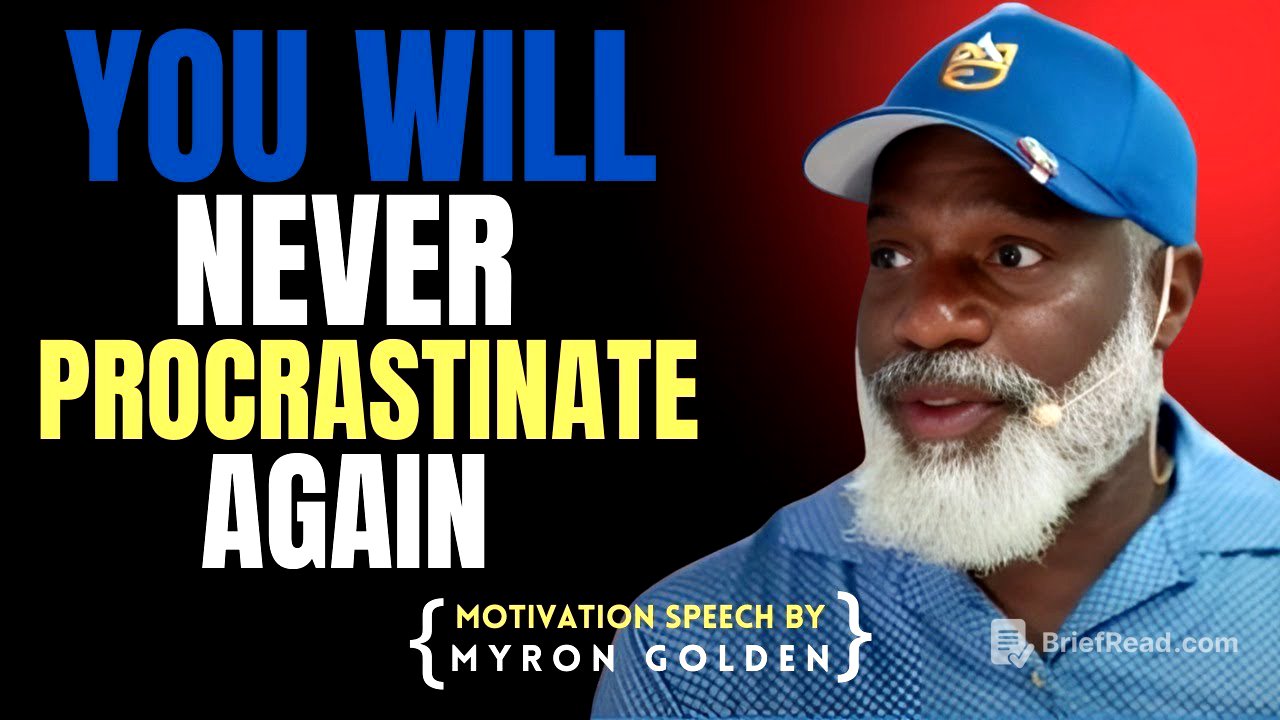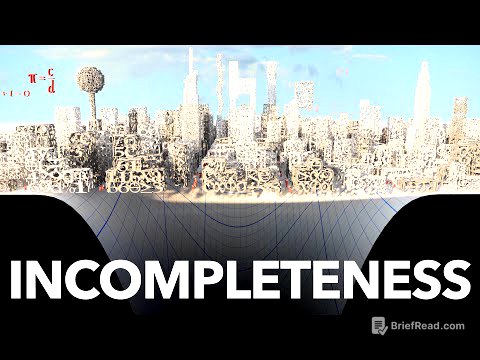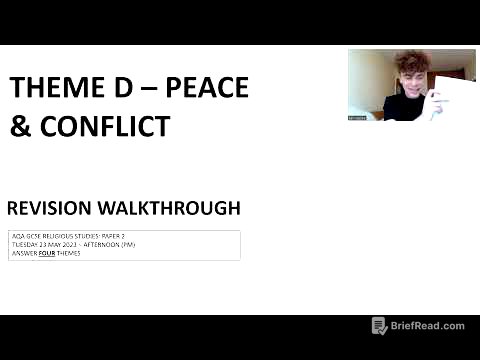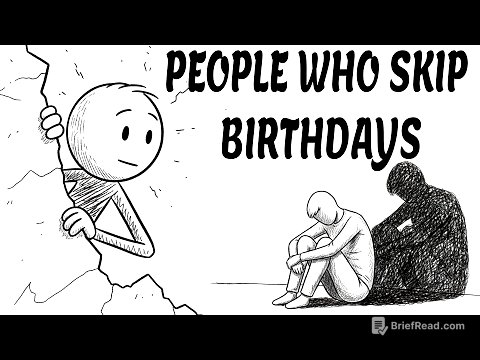TLDR;
This video discusses practical strategies to overcome procrastination by understanding how the brain responds to emotions and patterns. It emphasises the importance of visualising the rewards of action and the costs of inaction, rewriting one's self-identity, interrupting mental loops, using the 5-second rule, designing an environment that promotes execution, and breaking down tasks into micro-steps. The key takeaways include:
- Triggering powerful emotions through visualisation to overcome the brain's resistance to action.
- Rewriting your internal script and self-identity to align with being a "finisher".
- Interrupting procrastination patterns with physical actions and environmental changes.
- Using the 5-second rule to bypass overthinking and initiate immediate action.
- Designing an environment that supports execution by removing distractions and adding visual cues.
- Breaking down tasks into micro-steps to make starting less daunting and build momentum.
Introduction: Understanding Procrastination [0:00]
Procrastination isn't about laziness or lack of discipline; it's a protective mechanism of the brain. To combat this, one must learn to dominate hesitation and unlock relentless execution by understanding that the brain responds more to emotion than logic when it comes to taking action. The key is to trigger powerful emotions through vivid visualisation, training the brain to deeply feel the cost of inaction and the reward of action, making hesitation impossible.
Visualisation: Triggering Emotional Ignition [0:48]
Every decision is driven by feelings about the outcome, not thoughts. To take consistent action, one must train the mind to focus on the pain of not acting, imagining the future costs and missed opportunities. Then, vividly visualise the rewards of success, making the current state of inaction intolerable. This process should be built into a daily routine, intentionally connecting with the emotional outcomes of both passivity and control to generate movement and urgency.
Identity: Rewriting Your Internal Script [5:02]
Consistent action is hindered by a broken identity, where negative self-talk shapes one's destiny. Identity acts as the thermostat of behaviour, so lasting change begins with declaring a new identity. By consistently affirming "I am focused," "I am driven," one trains the brain to seek evidence supporting this new identity, aligning actions with beliefs. This isn't about faking it, but about deciding to define oneself by potential rather than past failures, reinforcing the new identity daily to make it unshakable.
Pattern Interruption: Breaking the Mental Loop [9:30]
Procrastination often stems from a repeated mental loop of delaying thoughts followed by negative feelings, normalising inaction. To break this, one must interrupt the pattern immediately and physically. A powerful method involves standing up, counting down from five, and moving towards the avoided task. This overrides the hesitation window, putting the body in motion before the mind can resist. Changing the environment or using assertive self-talk can also disrupt the loop, making action the new default response.
The 5-Second Rule: Bypassing Hesitation [17:28]
The brain conserves energy and avoids discomfort, leading to hesitation when faced with challenging tasks. The 5-second rule (5-4-3-2-1-MOVE) interrupts mental chatter and initiates physical movement before doubt takes over. This countdown directs attention, providing a clear runway to launch and bypass the hesitation window. Consistent use of this tool conditions the nervous system to expect action, making it a trigger for transformation.
Environmental Design: Fueling Execution [22:10]
To take consistent action, one must design an environment that fuels execution, as surroundings either pull forward or hold back. Removing friction to starting, adding visual cues that anchor focus, optimising lighting, sounds, and smells, and surrounding oneself with energetic people are crucial. Even the digital environment needs a reset, with distractions minimised. An environment built for execution supports one's best self, making action easier and delay harder.
Micro-Steps: Shrinking the Task [31:36]
The fastest way to overcome procrastination is to shrink the task until it's impossible not to start. Big goals can feel overwhelming, so breaking them into crystal clear micro-steps is essential. Defining the smallest unit of progress removes the perceived threat and creates a quick win, breaking inertia. This approach removes confusion, making starting simple and building momentum, while also rewiring one's internal identity as someone who takes action.









